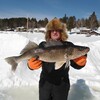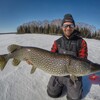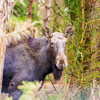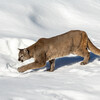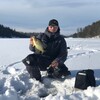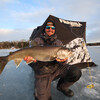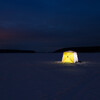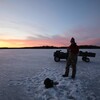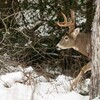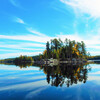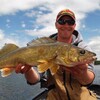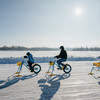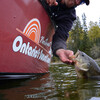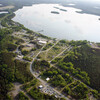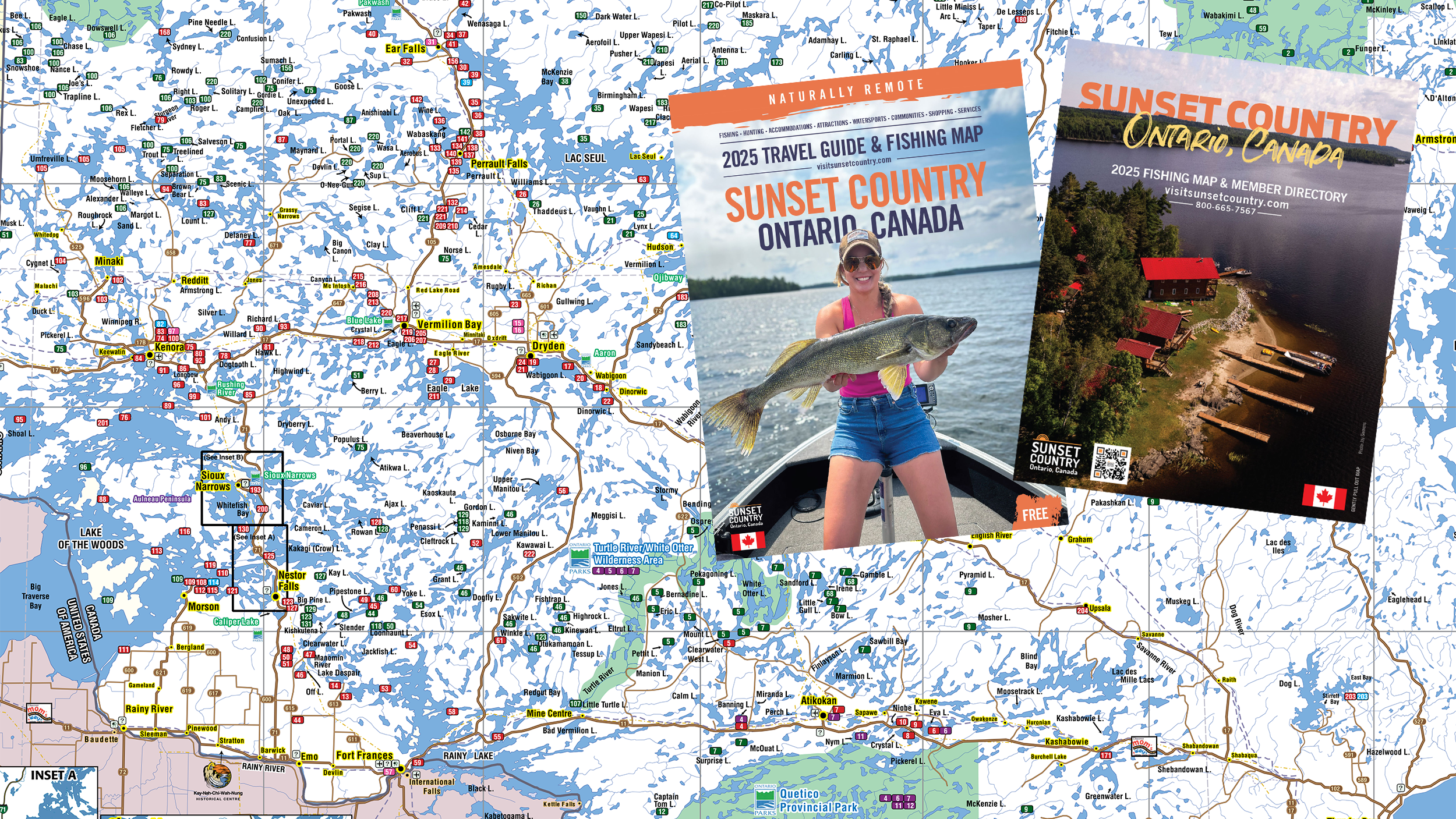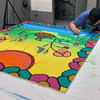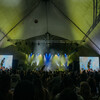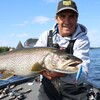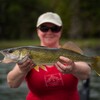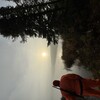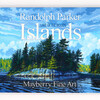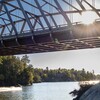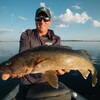10 Facts About Rainy Lake
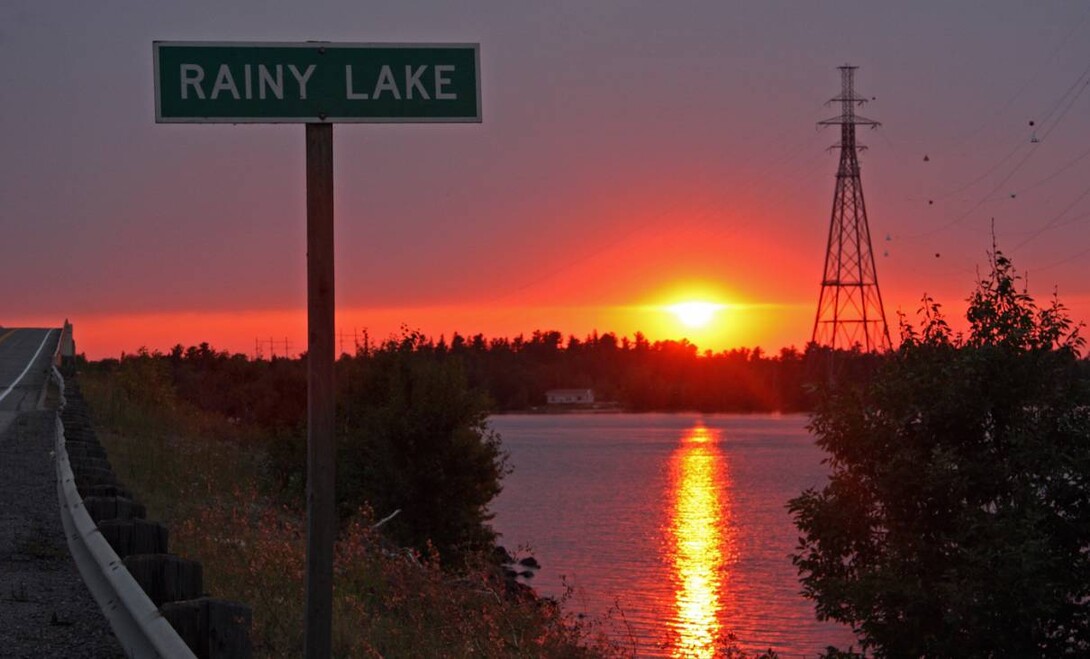
While you may know that Rainy Lake is known for its great fishing - namely feisty smallmouth bass, big walleye, huge northern pike, and crappie – you may be surprised to learn some of these facts about Rainy Lake, Ontario, Canada.
1. 70% of Rainy Lake lies in Ontario, Canada. 30% lies in Minnesota, United States.
2. Excluding the Great Lakes, Rainy Lake is the fifth-largest inland lake in Ontario.
Rainy Lake covers 92,100 ha (227,604 acres) and has over 2,200 islands of which over 2,000 are in Canada. Some of the main ones are Little American Island, Campfire Island, Dryweed Island, Big Island, and Surveyor's Island.
3. There is a causeway crossing Rainy Lake.
The Noden Causeway connects Fort Frances with eastern communities such as Atikokan and Thunder Bay. The causeway was officially opened in 1965 and is comprised of three sections: the first totaling 2,000 feet, the second at 1,800 feet, and the third at 450 feet.
4. Rainy Lake is roughly shaped like an "L."
The vertical part of the L runs north-south and is called the North Arm. The horizontal part runs southeast and is referred to as the South Arm. There is also Red Gut Bay, which juts out from the center of the L.
5. The lake is divided into three geographically distinct areas: the North Arm, Red Gut Bay, and the South Arm.
The South Arm has dark stained water similar to the colour of tea, and the North Arm has much clearer water. Even though it is a larger, more open body of water, the tea-stained water in the South Arm actually warms up faster than the North Arm, and the fish spawn earlier as a result. Each area has different fishing opportunities.
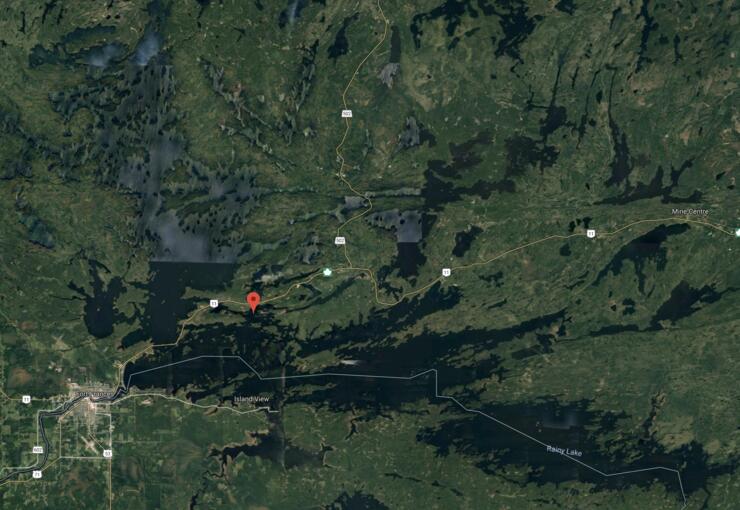
6. There is a mermaid statue out on the lake.
Only accessible by boat, the mermaid which was built in the 1930s, is located in Silver Island Narrows, near Copenhagen Island. National Geographic lists it in their Heart of the Continent Points of Interest.
7. Rainy Lake is a remnant of the former glacial Lake Agassiz.
Plus, the Rainy Lake Watershed's rocks are from 2.5 to 3.6 billion years old.
8. Fort Frances on Rainy Lake has the distinction of being the oldest settled community west of Lake Superior.
It was first established in 1688 by Jacques de Noyen and has been settled continuously since 1731.
9. Rainy Lake's major inlets are Namakan Lake, Kabetogama Lake, and the Seine River.
Its outflow is the Rainy River where it is harnessed to make hydroelectricity for both Canadian and the United States locations.
10. Rainy Lake is one of the lakes where you can use the CANPASS Remote Area Border Crossing Permit to cross the border.
The CANPASS RABC program facilitates the border clearance process for individuals wishing to cross the border into Canada in remote areas. If you are fishing Rainy Lake in the United States, you can cross into Canadian waters using this pass. You must abide by Canadian rules and Ontario fishing regulations.
Update: Because of Covid, you always want to make sure the border is open. Please visit travel.gc.ca/travel-covid.
How many of these Rainy Lake facts did you know?
Rainy Lake and Area resources:
Tourist Information on Rainy Lake, Ontario, Canada:
- Town of Fort Frances - 807-274-5323
- Fort Frances Vacations - 800-665-7567
Accommodations on and near Rainy Lake:
- Camp Narrows Lodge - 807-274-2121 or 866-294-5067
- Campbell's Cabins - 800-238-4224 or 807-861-0627
- Lake Despair Lodge - 807-486-0532
- Timberwolf Lodge - 807-271-1719 or 416-548-6208
- La Place Rendez-Vous Hotel - 807-274-9811 or 800-544-9435
- Campfire Island Lodge - 807-274-9500 or 807-482-3900
- Hyatt's Manion Lake Camp - 877-492-8871 or 807-599-2712
- Barker Bay Resort - 218-206-2440
- LaBelle's Birch Point Camp - 807-486-3345
- Rainy Lake Outfitters - 807-275-7096
Recommended Articles

Is the 1,400 Kilometre Drive to Northwest Ontario For a Fishing Trip Worth it?
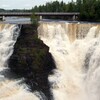
8 must-see waterfalls

6 Ways to Get Your 10,000 Steps This Fall

Top 5 Reasons You Should Be Fishing in Morson, Ontario

Discover The Winnipeg River

Enjoy Sunset Country's Fall Colours on Your Next Road Trip

Fishing in the Fall?

6 Reasons to Book a Fall Vacation to Sunset Country

10 Reasons to Avoid Ontario’s Sunset Country

Heading Across Canada?

A Guide to Sunset Country Museums
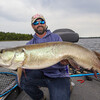
The Promised Land: Best Muskie Fishing in Ontario

Fall Fishing Tips
5 Essential Boreal Experiences in Ontario's Sunset Country

5 Obscure Facts About Northwestern Ontario: Were You Aware of These?
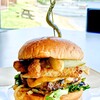
Great Food in Relatively Unknown Places
Outdoor Medicine

A Guide to Bringing Your Pets on Vacation to Canada

There's more than just fishing in the Red Lake Region

5 Amazing Sights You Can Only See By Boat

Going Fishing in Canada?

Going fishing in Ontario?

Outdoor Adventure in Ontario's Northern Paradise
Planning A Family Fishing Trip to Canada

Tips from a Fishing Legend

